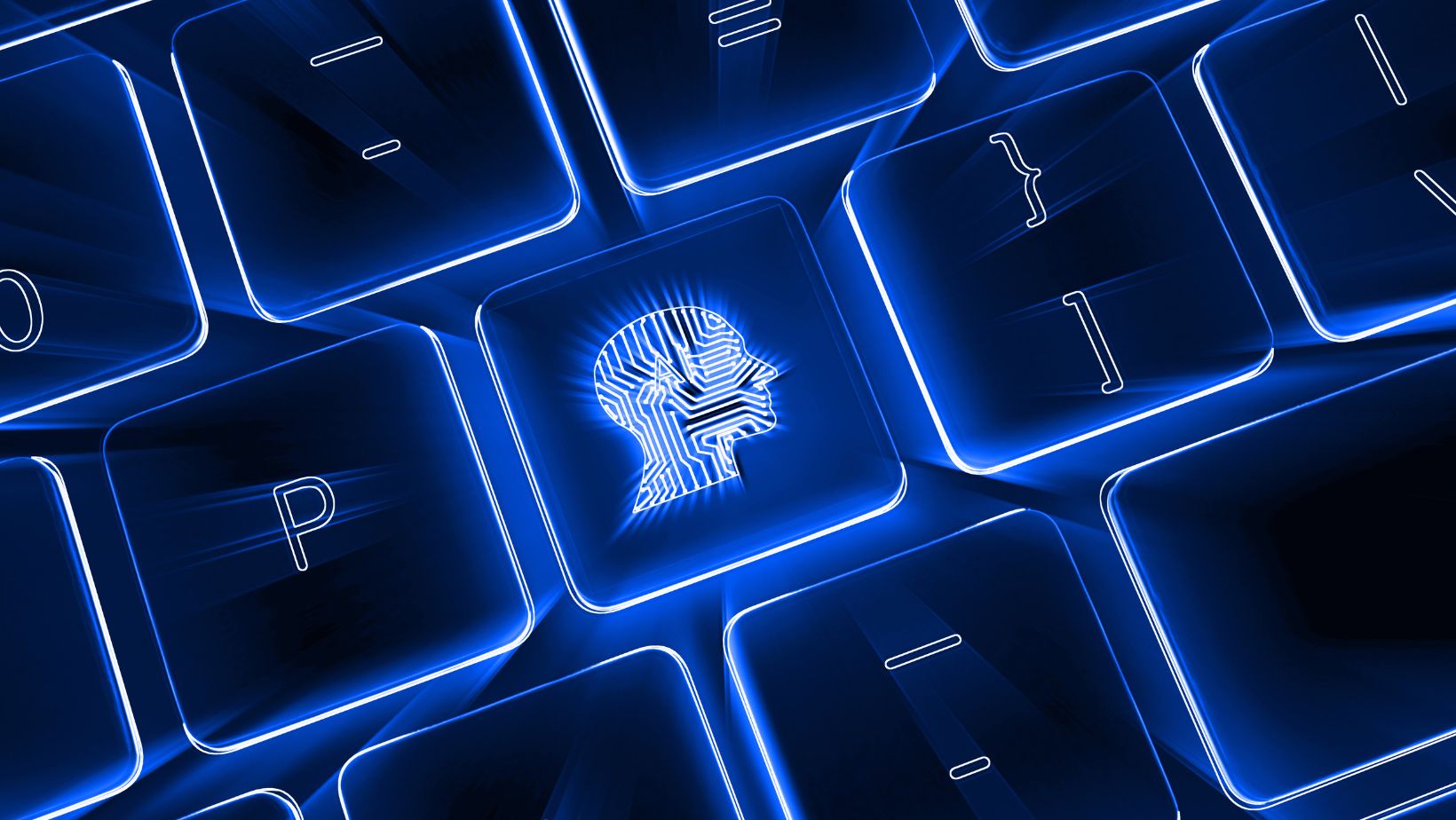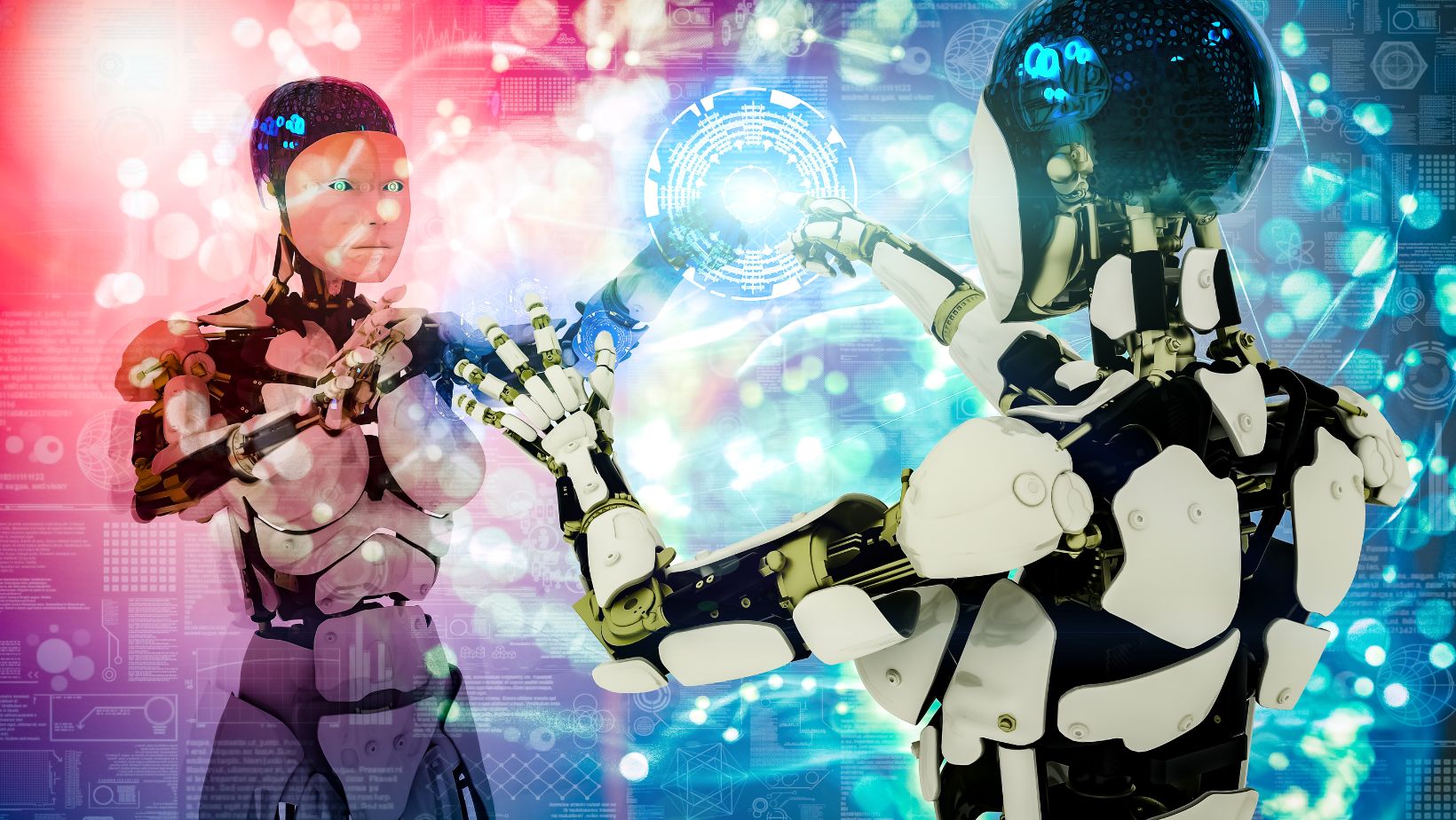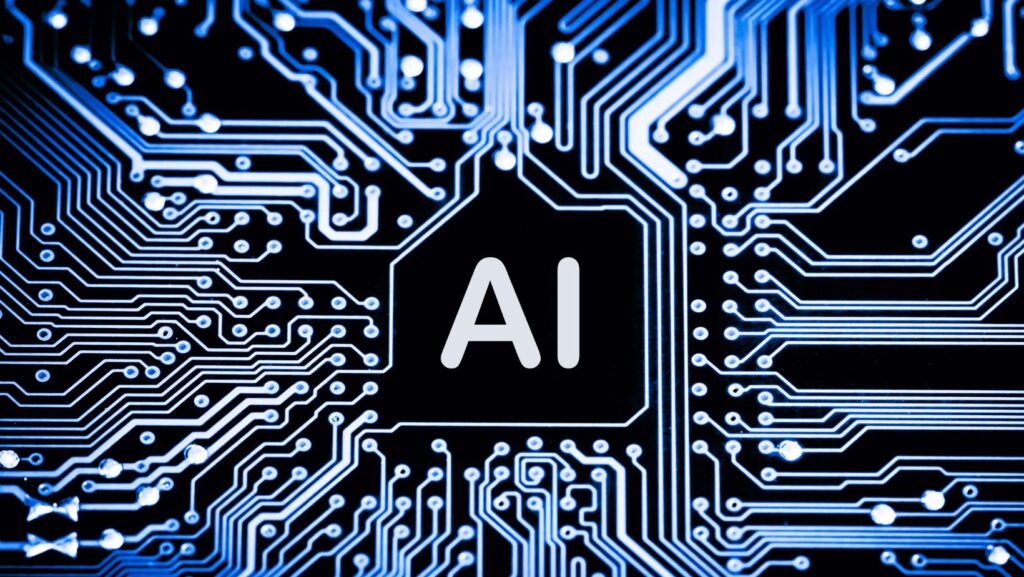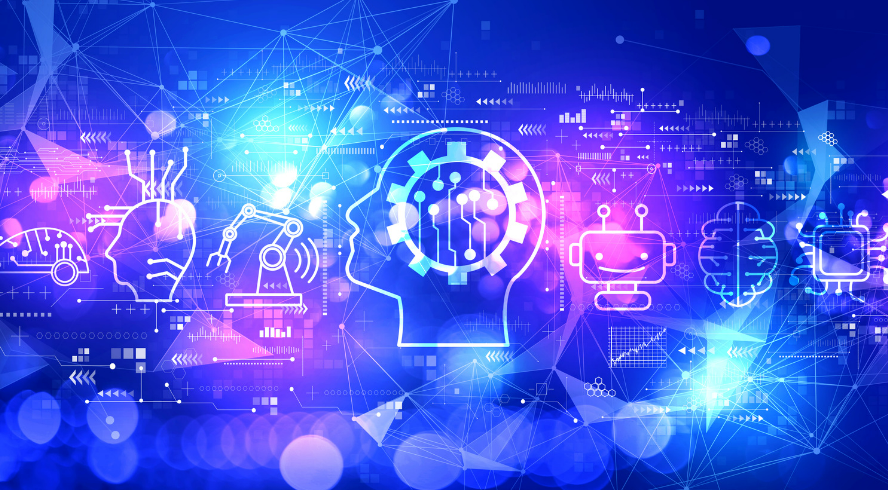Artificial intelligence is changing the landscape of physics, revolutionizing the way scientists approach research, simulations, and discoveries. By leveraging machine learning and advanced computational models, AI is accelerating problem-solving, uncovering hidden patterns, and making sense of vast amounts of data.
The integration of AI into physics is not just improving efficiency—it is unlocking entirely new realms of exploration. From theoretical advancements to experimental breakthroughs, AI is proving to be an indispensable tool in understanding the complexities of the universe.
AI in Theoretical Physics
Theoretical physics often involves solving complex equations that can take years or even decades to fully comprehend. AI has become a powerful ally in tackling these problems, offering unprecedented speed and accuracy in equation solving and pattern recognition. Machine learning models can analyze massive datasets and identify correlations that human researchers might overlook.
One of the most exciting areas where AI is making an impact is quantum mechanics. The strange and counterintuitive nature of quantum systems makes them difficult to model, but AI can simulate and predict quantum behavior with remarkable precision. Researchers are using neural networks to explore quantum entanglement, optimize quantum circuits, and even suggest new quantum materials.
The field of AI physics is rapidly evolving, with researchers utilizing artificial intelligence to model and predict previously unknown physical interactions. AI-driven approaches are being used to test fundamental theories, optimize simulations, and propose new equations governing physical systems. The ability of AI to process and analyze vast amounts of theoretical data is allowing physicists to explore uncharted territories, leading to breakthroughs that may redefine our understanding of the universe.
AI-Driven Simulations in Physics
In cosmology, AI is revolutionizing our understanding of the universe’s evolution. Machine learning algorithms can process vast astronomical datasets, identifying patterns in cosmic microwave background radiation, galaxy distributions, and gravitational lensing. AI-driven models are helping astrophysicists refine theories about dark matter, dark energy, and the overall structure of the cosmos.

Particle physics is another area where AI-driven simulations are making significant contributions. The Large Hadron Collider (LHC) generates enormous amounts of data from high-energy collisions, and AI is instrumental in filtering and analyzing these results. Machine learning techniques are allowing scientists to predict and reconstruct particle interactions more efficiently, improving our understanding of fundamental forces and subatomic particles.
AI is also transforming fluid dynamics and material science. Traditional computational fluid dynamics simulations can be slow and computationally expensive, but AI-based surrogate models dramatically speed up the process while maintaining accuracy. This advancement has applications ranging from aerodynamics to climate modeling and even biomedical physics, where AI is helping to simulate complex biological fluid flows.
AI in Experimental Physics and Data Analysis
At CERN, the LHC produces petabytes of collision data, far more than human researchers could manually process. AI algorithms efficiently sift through this information, identifying patterns and anomalies that might indicate new particles or interactions. This capability has already led to improved detection methods and a deeper understanding of fundamental physics.
Beyond high-energy physics, AI is playing a crucial role in automating experiment design. Scientists are using reinforcement learning to optimize experimental setups, reducing the time required to find optimal conditions for various physical phenomena. AI is also improving data collection methods, ensuring higher accuracy and minimizing errors in measurements.
One of the most promising applications of AI in experimental physics is in real-time analysis. AI-powered systems can detect gravitational waves, monitor fusion reactors, and even identify exoplanets by analyzing astronomical observations. The ability to rapidly process and interpret data is allowing researchers to make discoveries faster than ever before.
Breakthroughs and Discoveries Enabled by AI
AI is not just improving existing research methods—it is actively contributing to groundbreaking discoveries. One area where AI has made a remarkable impact is in materials science. Machine learning algorithms have accelerated the discovery of new superconductors, topological materials, and exotic quantum phases. By predicting the properties of materials before they are synthesized, AI is speeding up the search for novel substances with transformative applications in technology.

In astrophysics, AI has played a pivotal role in the detection of gravitational waves. The Laser Interferometer Gravitational-Wave Observatory (LIGO) relies on machine learning techniques to sift through vast amounts of noise and identify faint gravitational wave signals. These AI-assisted detections have provided unprecedented insights into black hole mergers, neutron star collisions, and the fabric of spacetime itself.
AI has also contributed to a deeper understanding of plasma physics, a key area for nuclear fusion research. By optimizing plasma containment and stability, AI is helping scientists overcome the challenges of building viable fusion reactors. If successful, this research could lead to a near-limitless and clean energy source, revolutionizing the future of power generation.
Conclusion
AI is transforming physics at an unprecedented pace, from theoretical breakthroughs to experimental innovations. The ability to process massive datasets, run highly accurate simulations and accelerate discoveries is reshaping the way scientists explore the universe. As AI continues to evolve, its role in physics will only expand, potentially unlocking new dimensions of understanding and pushing the boundaries of human knowledge.



